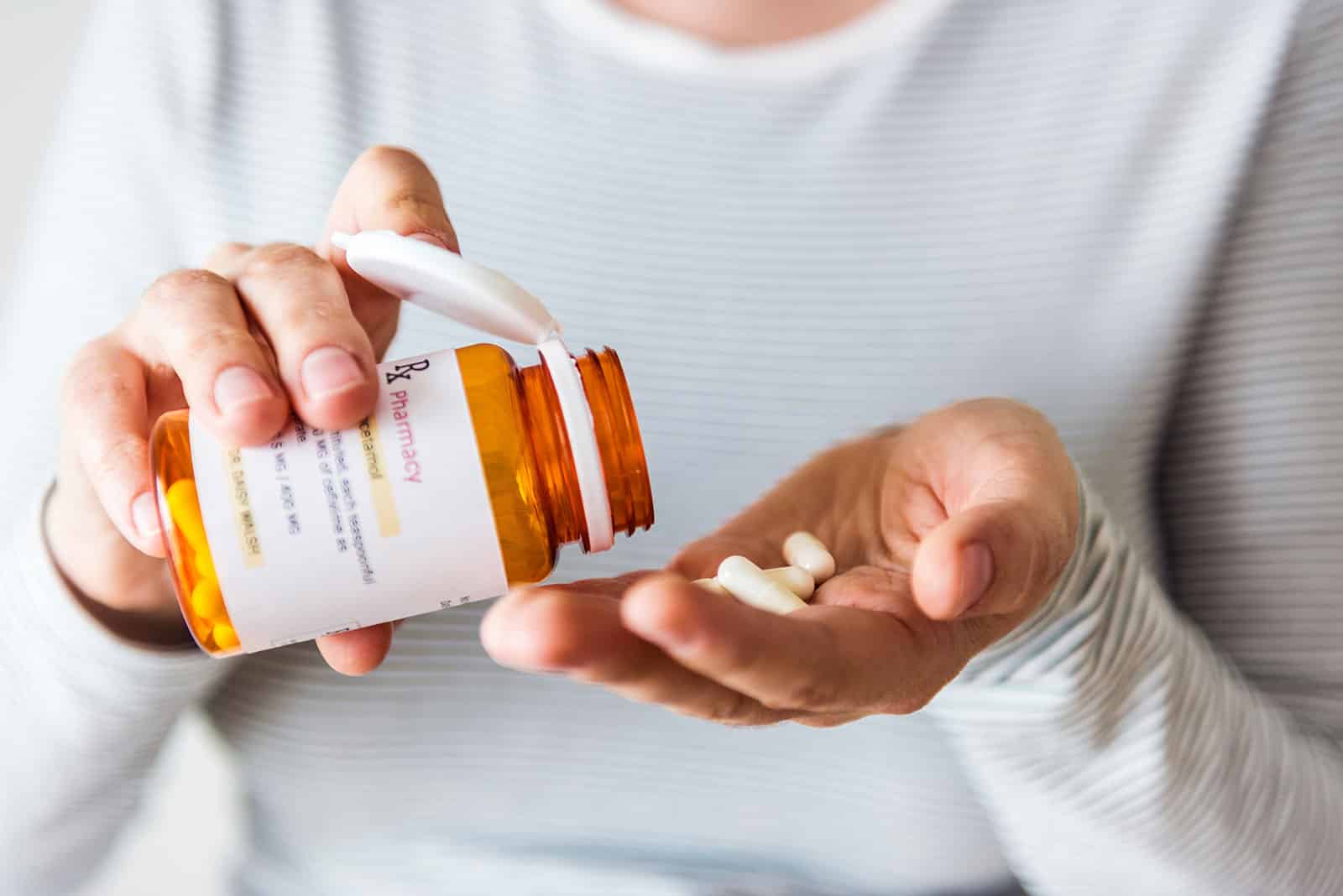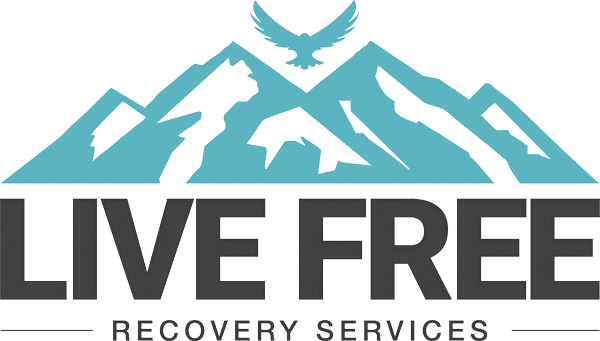
Why Is Prescription Drug Abuse on the Rise?
Home » Blog » Why Is Prescription Drug Abuse on the Rise?
According to the National Center for Drug Abuse Statistics (NCDAS), approximately 16 million Americans abuse prescription drugs each year, and an estimated two million of these individuals are addicted. The increasing availability of prescription drugs and the glamorization of drug use in music and other media are two of many reasons for the growing misuse of pharmaceuticals. Currently recognized as a major public health issue, prescription drug abuse serves as a gateway to other addictions, exacerbates co-occurring mental health disorders, and undermines the family unit. Find out why more people are experimenting with and becoming dependent on drugs meant for the treatment of legitimate illnesses.
Table of Contents
- What Is Prescription Drug Abuse?
- Factors Contributing to the Rise of Prescription Drug Abuse
- The Health Consequences of Prescription Drug Abuse
- The Social and Economic Consequences of Prescription Drug Abuse
- Addressing the Rise in Prescription Drug Abuse
What Is Prescription Drug Abuse?
Prescription drug abuse is the use of prescribed medication in any way other than the way in which the prescribing physician intended. It includes:
- Crushing, snorting, smoking, or injecting pills
- Taking more medication than a doctor has prescribed
- Taking a friend or family member’s medication
- Purchasing prescription drugs illegally
Prescription drug abuse also includes drug mixing in which people take two or more substances together to heighten the effects of a prescription drug. People who abuse prescription drugs and become addicted often lie or steal to obtain more of them, and they may engage in other aggressive drug-seeking behaviors.
Commonly Abused Prescription Drugs
Not surprisingly, the most commonly abused prescription drugs are those that are most habit-forming. These include opioids, benzodiazepines (benzos), stimulants, and various muscle relaxers and sleep medications.
Opioids
Opioids are drugs that travel through the bloodstream and attach to the brain’s opioid receptors. This causes massive surges in dopamine. The results are intense feelings of euphoria and greatly muted physical and emotional pain. Opiates are derived from the opium poppy plant and opioids are synthesized to mimic this plant’s effects.
Both opioids and opiates are highly addictive. An at-risk individual can develop an opioid addiction within just three to five days of starting an opioid pain reliever.
Commonly abused prescription opioids include:
- Codeine
- Hydromorphone
- Oxycodone
- Tramadol
- Percocet
- Oxymorphone
When people are addicted to prescription opioids but have no means for accessing more of them, they may turn to illicit narcotics such as heroin and fentanyl.
Benzodiazepines
Prescribed for the treatment of anxiety, seizure, and panic disorders, benzodiazepines slow the rate of communication between the brain and body. They have a calming, relaxing effect that makes them highly effective for the short-term treatment of panic disorder. However, benzos are also highly addictive. Like opioids, they stimulate massive surges in dopamine to cause heightened euphoria.
The most commonly abused benzodiazepines are:
- Xanax
- Valium
- Atavin
- Klonopin
People taking benzodiazepines for more than four weeks are at risk of developing physical and psychological dependence.
Stimulants
The most commonly abused prescription stimulants are Adderal and Ritalin. Prescription stimulants trigger the release of both dopamine and norepinephrine. This energizes the body and produces surges in confidence. People often abuse prescription stimulants for increased wakefulness, appetite suppression, weight loss, and enhanced work or school performance.
Sleeping Pills and Muscle Relaxers
People sometimes abuse prescription sleeping pills due to untreated sleep disorders or for the heightened sense of euphoria they produce. Taking sleeping pills without going to sleep can also result in hallucinatory effects. The most commonly abused sleeping pills are:
- Ambien
- Sonata
- Lunesta
Prescription muscle relaxers also produce heightened euphoria and may allow for mild dissociation in some individuals. Soma and Flexeril are the most commonly abused muscle relaxers.
Factors Contributing to the Rise of Prescription Drug Abuse
A rise in unmanaged stress during and following the COVID-19 pandemic has certainly played a hand in the rise of prescription drug abuse. However, many other social, cultural, and mental health-related factors have contributed to this increase as well.
Increased Availability and Accessibility
Certain prescription drugs are now available for purchase online. In the past, people who wanted to use prescription medications without first obtaining prescriptions had to purchase them on the street or get them from family members or friends. Prescription drugs are often a low-cost and easily accessible means for altering the user’s emotional state.
Overprescription by Healthcare Providers
In a medical culture that prioritizes the use of pills for alleviating pain, many doctors overprescribe habit-forming medications. Recent studies show that despite widespread awareness of the opioid crisis, many doctors are still overprescribing opioids and other habit-forming medications.
Ease of Access Through Family and Friends
For young adults, many habit-forming medications can be found in medicine cabinets right at home. With certain medications causing physical dependency within just days or weeks, experimentation can quickly turn into addiction.
Societal and Cultural Factors
Prescription drugs are often viewed as being both safer for use and less harmful than street drugs overall. For young adults, prescription drug abuse has the allure of rebellion and it may be used as a form of bonding among friends.
The Normalization of Drug Use in Media and Culture
Prescription drug use is increasingly being normalized in movies, television shows, music, and more. This normalization makes people less fearful of the consequences of prescription drug abuse especially when paired with the belief that prescribed medications are somehow “safer” than those acquired illegally. The normalization of prescription drug abuse has also created a stigma around seeking help for addiction.
Psychological and Emotional Factors
The pain-muting effects of opioids and the heightened euphoria provided by all other habit-forming prescription medications make them appealing to people with:
- Unresolved guilt or grief
- Past or current trauma
- Low self-esteem
- Few or no meaningful relationships
- Insufficient social support
Coping With Stress, Anxiety, and Depression
As evidenced by the rise in prescription drug abuse during and after the COVID-19 pandemic, people often misuse prescription drugs to alleviate unmanaged anxiety and stress.
Self-Medication for Untreated Mental Health Conditions
Undiagnosed and untreated mental health disorders are major risk factors for addiction. For instance, benzodiazepine drugs are frequently misused to treat the discomfort caused by panic disorder, general anxiety disorder, and post-traumatic stress disorder (PTSD) when people don’t recognize their symptoms as stemming from underlying mental health issues and have no other means for relieving them. For people with attention-deficit/hyperactivity disorder (ADHD), misuse of stimulants often produces short-term feelings of “normalcy”.
However, in all instances of self-treatment, the relief obtained by abusing prescription drugs is always short-lived. Over time, self-treatment can actually exacerbate and worsen the very symptoms people are hoping to relieve.
Emotional Trauma and Past Abuse
Opioids are frequently abused by people with current or past traumas, unresolved grief, and histories of childhood abuse. The pain-numbing effects of these and other prescription medications provide short-term escapes from unprocessed emotions.
Economic and Social Stressors
Issues such as unemployment, homelessness, and lack of access to affordable healthcare and mental health services are also contributing factors to the rise in prescription drug abuse. People who lack access to adequate medical or dental care often abuse prescription drugs due to unchecked physical pain.
The Health Consequences of Prescription Drug Abuse
Although regularly prescribed by doctors, prescription medications can be just as harmful as illicit drugs when misused. When taken in higher-than-recommended doses, combined with other substances, or used for extended periods, these medications have potentially fatal consequences.
Physical Health Risks
Overuse of prescription medications can cause serious and potentially permanent health problems, including:
- Liver damage
- Kidney damage
- Cognitive decline
- Pancreatitis
- Adverse changes in physical appearance
- Nasal damage
- Collapsed veins
The misuse of prescription drugs is also increasingly responsible for fatal overdoses.
Mental Health Issues
While co-occurring mental health disorders are risk factors for drug addiction, they can also be the consequence of drug abuse. Whether prescribed or illicit, abusing drugs can result in the development of mental health disorders where none existed before.
The Social and Economic Consequences of Prescription Drug Abuse
Prescription drug abuse frequently results in:
- The loss of minor children
- Job loss
- Housing loss
- Criminal charges
These and other consequences of prescription drug abuse are a burden for the individual, but they also have a cumulative impact on society.
Addressing the Rise in Prescription Drug Abuse
There’s much that regulators, prescribing doctors, mental health professionals, and everyday individuals can do to combat the rise in prescription drug abuse.
Education and Awareness
Increased education on the dangers of misusing prescription medications will combat the false perception that these drugs are less harmful than illicit drugs. Education can and should additionally highlight the importance of seeking help for potentially undiagnosed and untreated mental health disorders rather than self-treating.
Policy and Regulation
Medical doctors are encouraged to seek alternatives to highly addictive opioids and benzodiazepines when possible. Changing how and when habit-forming prescription drugs are issued can greatly limit nearly all forms of inappropriate access.
Treatment and Support
Increased access to both medically supervised detox and structured addiction treatment is vital. Many prescription drugs can cause dangerous and potentially fatal withdrawal symptoms when long-term users abstain without the right medical support.
Prevention Strategies
Keeping habit-forming medications away from teens, young adults, and at-risk individuals at home is an effective prevention strategy. With increased access as a major contributing factor to the rise in prescription drug abuse, limiting access is an easy way to combat the misuse among vulnerable family members. However, it’s important to take a multi-pronged approach to preventing prescription drug abuse. This includes seeking necessary mental health, social, and economic support, spreading awareness for others, and obtaining professional addiction treatment when needed.
Published on: 2024-08-17
Updated on: 2024-10-16
